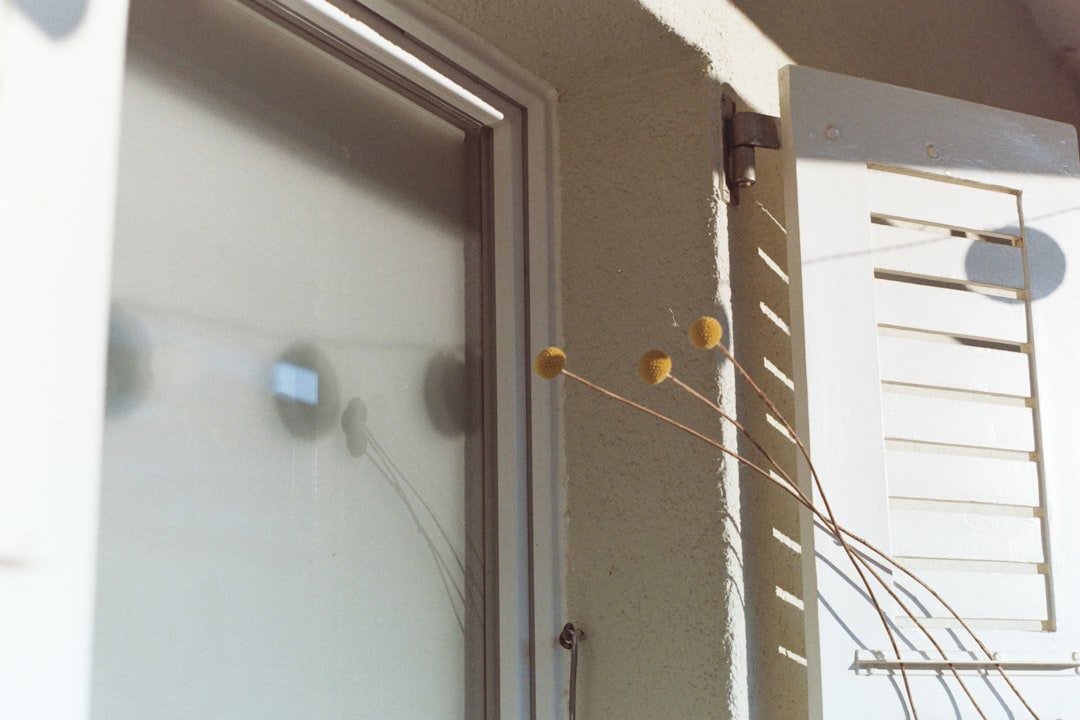
Door trim installation costs can vary significantly based on materials, labor, and site conditions. For professionals in the construction trade, understanding these variables is crucial for accurate budgeting. Costs typically range from $95 to $500 per door, depending on the materials and complexity involved. This guide provides insights into the core components affecting costs and offers strategies to optimize your estimates.
• Wood species or MDF profile
• Linear footage required per door
• Waste allowance for miter cuts and onsite mistakes
• Fasteners, fillers, caulk, primer, and paint
Premium materials like oak can significantly increase costs. Stay updated with live-feed lumber pricing from regional suppliers.
• Carpenter hourly rate in your area
• Complexity of the profile
• Quantity of doors per mobilization
• Finish painting requirements
Labor costs can vary based on the complexity of the trim and local rates. Ensure your estimates reflect these variables accurately.
• Occupied remodel vs. new build
• Existing jamb alignment and drywall reveals
• Access challenges
• Schedule constraints
Site conditions can add hidden costs. Factor these into your estimates to avoid surprises.
While national averages provide a baseline, local costs can differ. For example, basic MDF casing might cost $110 in some areas, while custom oak can reach $450. Use regional cost indexes to refine your estimates.
AI platforms can streamline the estimating process by providing real-time material costs, labor rates, and project conditions. This technology helps professionals generate accurate estimates quickly, reducing the risk of overestimating.
• Budget MDF colonial: $95–$140 per door
• Mid-grade finger-joint pine: $135–$220 per door
• Stained oak or maple: $200–$350 per door
• Custom milled hardwood: $300–$500+ per door
These figures include average labor and materials but exclude additional fees like permits.
• Order extra materials to avoid delays
• Combine trim projects to save on mobilization
• Prefinish materials off-site
• Choose locally available profiles
• Use real-time variance reports to track costs
While DIY can save on labor, professional installation ensures quality and precision. Consider the trade-offs carefully.
Upgraded door trim can enhance property value, especially in mid-range remodels. Consider the ROI when planning upgrades.
Accurate door trim cost estimation requires understanding material, labor, and site-specific factors. By leveraging AI tools, professionals can enhance accuracy and efficiency in their budgeting processes.

A recent project in Henderson, NV, involved replacing outdated trim on eight doors. The client selected pre-primed MDF with a satin finish, and the AI tool generated a detailed estimate considering all project specifics.
• Materials: 310 linear feet, delivered at $2.07/ft
• Labor: $58/hr, 9.5 hours projected
• Sundries: $74
• Total cost: $1,318, plus contingency
The project was completed under budget, demonstrating the effectiveness of AI tools in managing costs.
• Live cost updates prevent surprises
• Automated measurements ensure accuracy
• Instant change order calculations keep projects on track
1. Gather project details
2. Use AI tools for estimates
3. Compare options and finalize plans
4. Schedule with vetted professionals
Experience the benefits of AI-enhanced estimating for your next project.